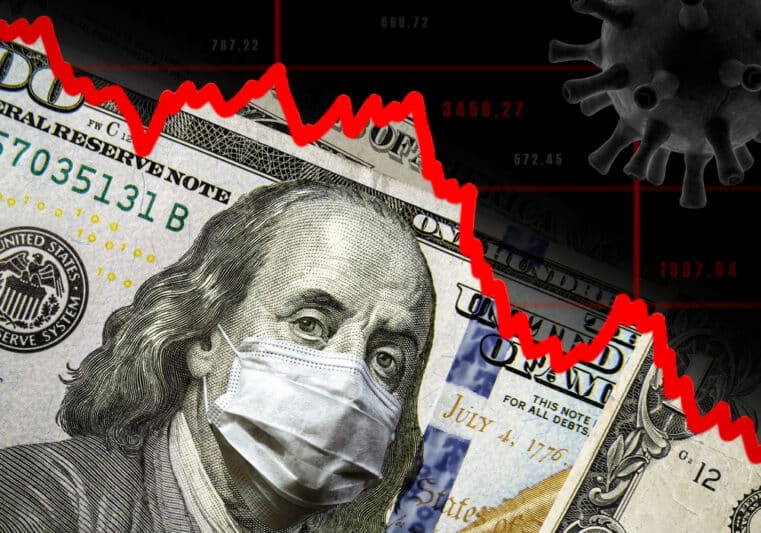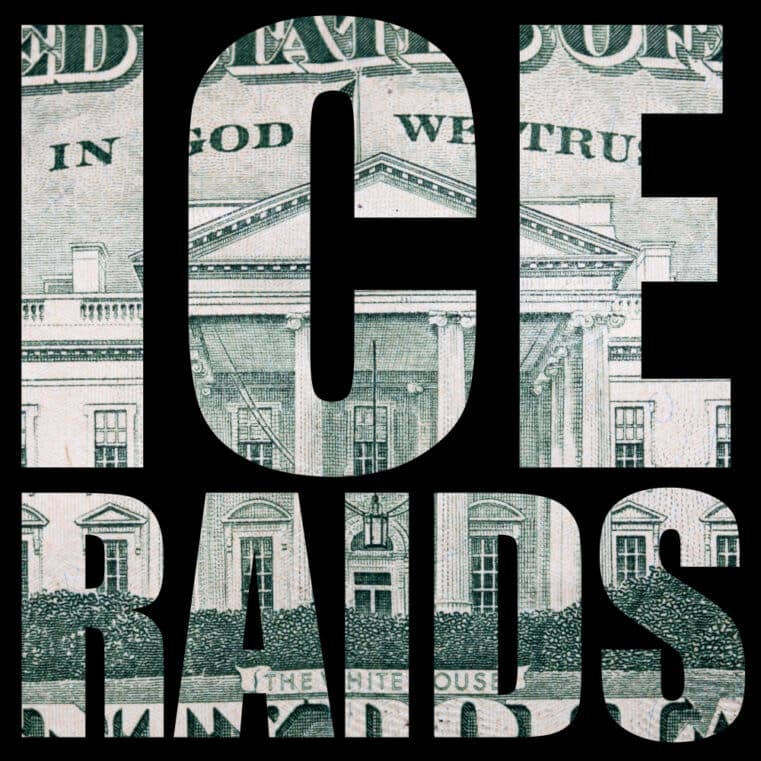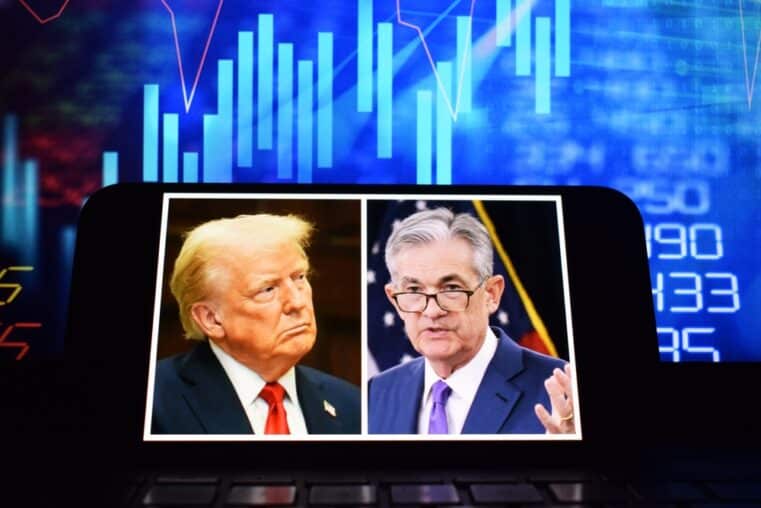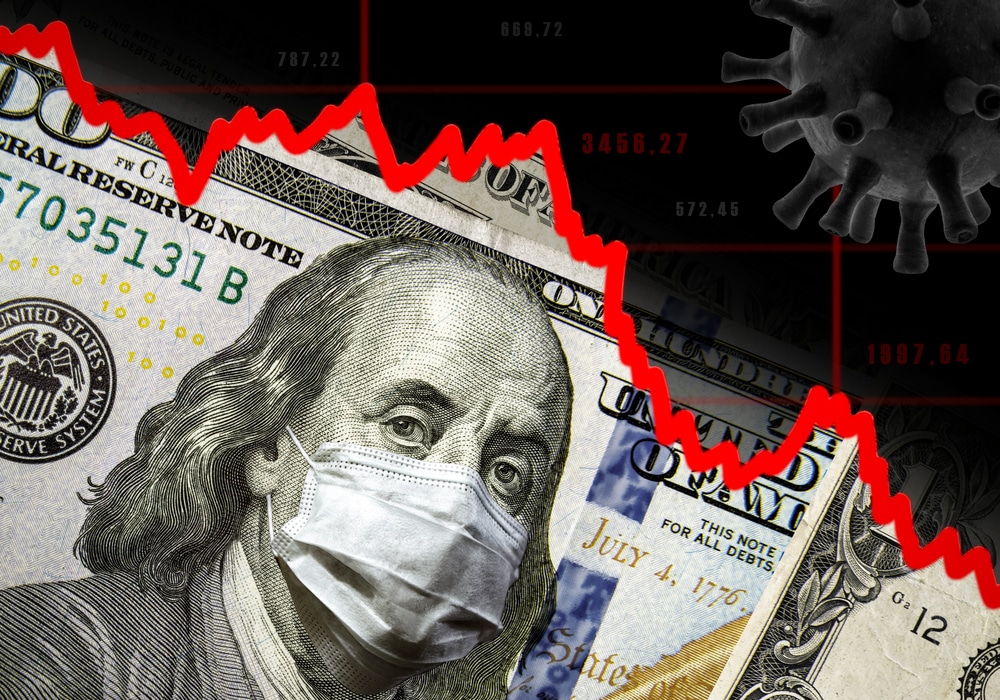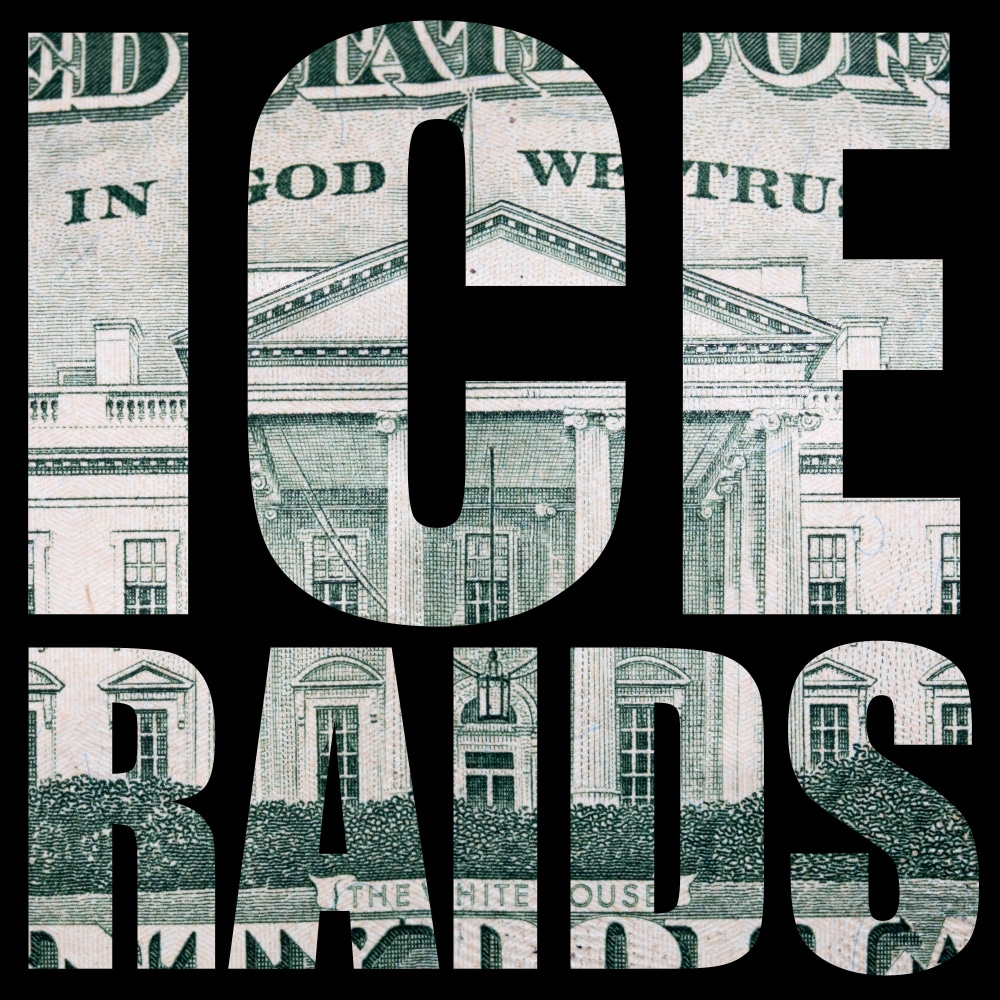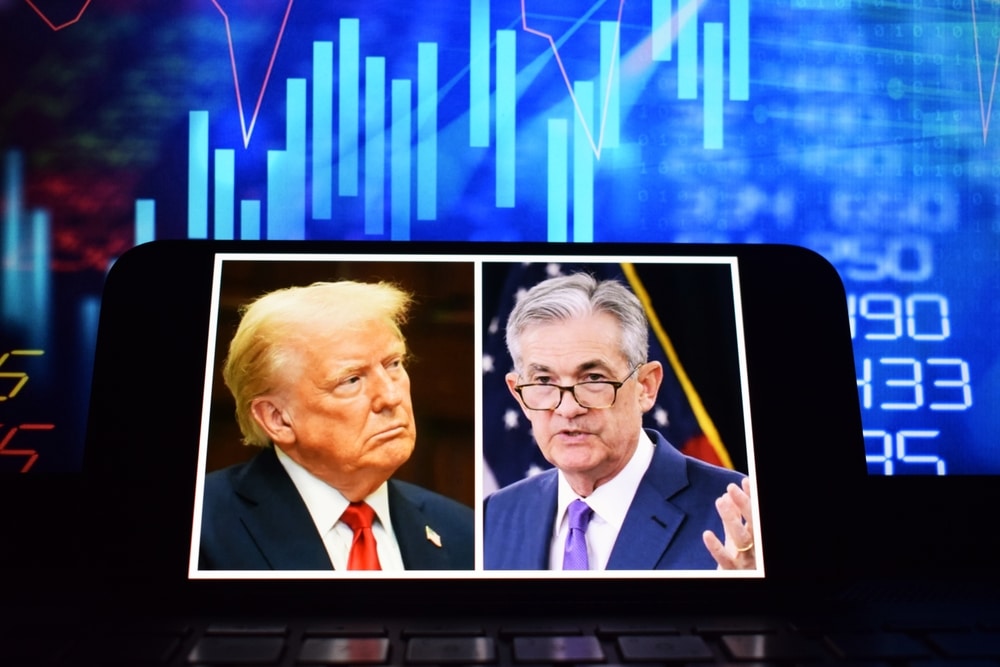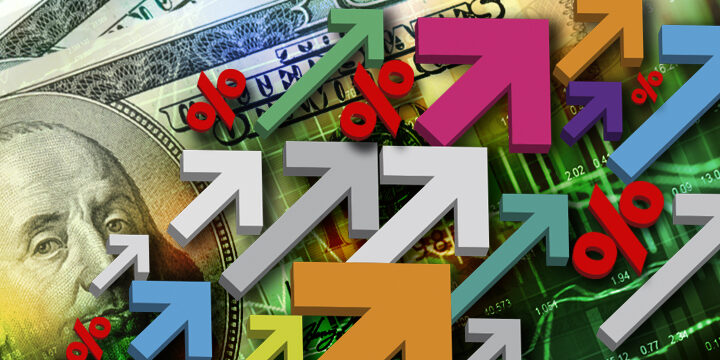
Warning: Interest Rates Are About to Jump, and Here’s Why
Something strange is going on with the US economy. We’re seeing conditions that have generally been absent since the end of World War II.
America’s budget deficit is rising while its unemployment rate is falling; a condition that can cause interest rates to jump significantly.
The growing deficit is attributable to the recent fiscal stimulus approved by Congress which includes the $1.5 Trillion Trump tax cuts and the $1.3 Trillion spending bill to keep the government in operation for the remainder of the fiscal year.
These moves typically come during the nascent stages of an economic recovery. Obviously, we’re far beyond that, now entering our eighth year of expansion since 2009-2010 which marked the beginning of our recovery from the 2008 financial crisis.
With the current unemployment rate at 3.9%, a rate exhibiting steady decline, Goldman economists find it strange that the budget deficit, which stood at $668 Billion in 2017, is now projected to reach upwards of $1 Trillion by 2020, according to the Congressional Budget Office.
To give you some historical perspective, take a look at the chart below which illustrates how often this dual phenomenon had occurred since WWII.
Here’s the context: economic expansion typically helps drive down the deficit. But as we can see, the opposite is taking place as government debt is increasing at a significant pace.

So how will the government pay off this debt load? Here’s what’s likely to happen:
- Typically, the US government would issue more bonds.
- But there’s a problem: the Federal Reserve is in a tightening phase, having rolled back its QE stance.
- This creates a supply and demand imbalance wherein there will be few buyers for the newly-issued bonds.
- So how do suppliers--in the case, the US government--make their goods more profitable? You guessed it: lower bond prices and higher interest rates.
Goldman Sachs forecasts that the yield on the 10-year note could rise to 3.6% by next year. At this rate, US economic growth will begin to feel the impact.
In a recent announcement to clients, Daan Struyven and David Mericle, both Goldman economists, stated the following:
- "The sizeable demand boost provided by the recent deficit-increasing tax cuts and spending cap increases at a time when the economy is already somewhat beyond full employment is a striking departure from historical norms…”
- “[It is] likely to contribute to further overheating this year and next and tighter monetary policy in response."
The Fed, focusing primarily on achieving full employment and price stability, has mentioned fears over the deterioration of the current fiscal environment.
The Goldman economists believe that the fiscal stimulus will push the debt-to-GDP levels from the current level of 4% to 5.5% by 2021. "The unusual increase in the deficit is even more surprising because it comes at a time when the federal debt-to-GDP ratio is already approaching historical highs," they state. “The resulting increase in Treasury issuance will require the public to absorb considerably more government debt in coming years."
Goldman forecasts a 60 basis point rise, half of which they believe is attributable to the rising deficits. This translates, in Fed term, to more than a 0.25% hike. And as Loretta Mester (Cleveland Fed President) said in an interview on CNBC, there’s a risk that the US debt load, growing at its current pace, may get “out of hand.”




